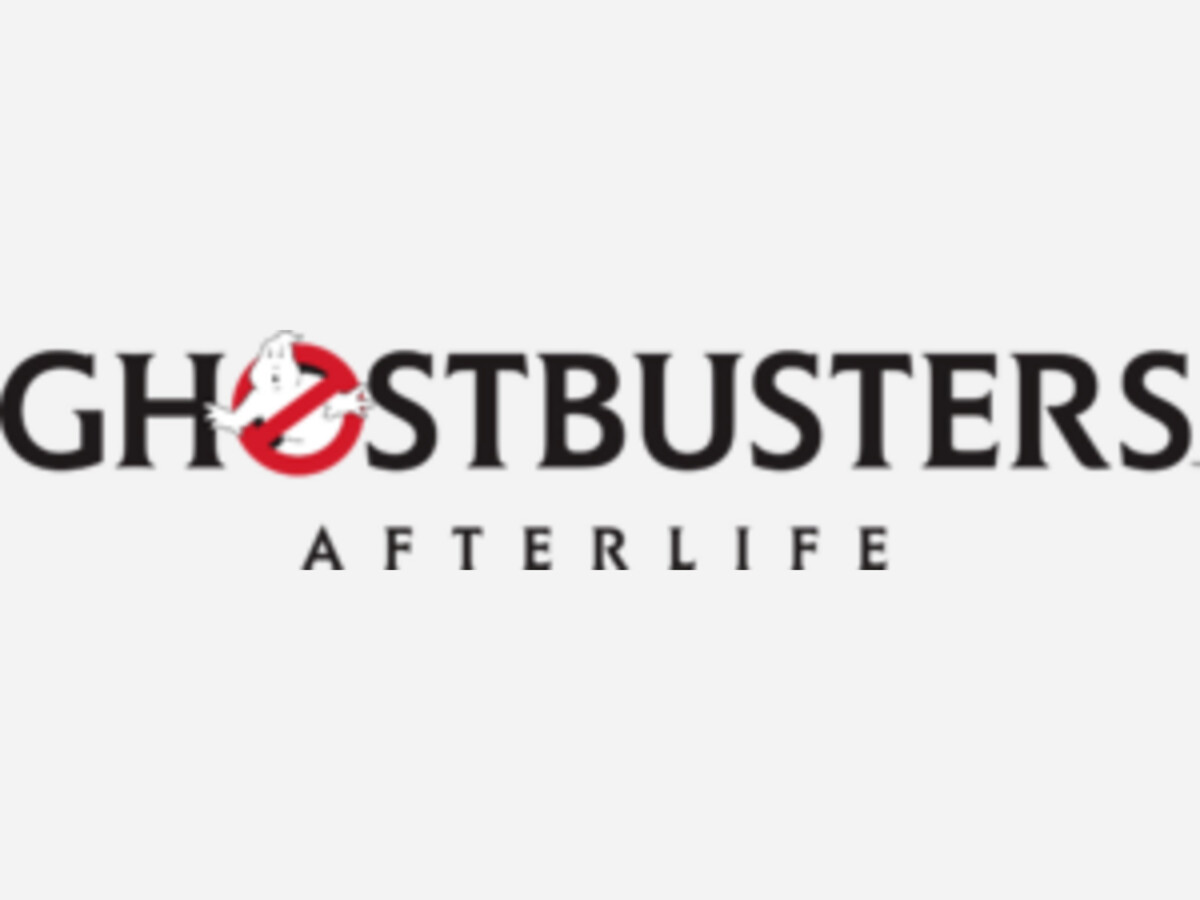Image

Fan service is an interesting concept that has come about due to the widespread permeation of the internet and social media. It is a manifestation of the ability of people who consider themselves fans to attempt to dictate what should happen in the franchises that they claim as their own. Typically, when the franchise relents to the demand, the result is a subpar product that puts callback moments over ensuring a story that is fulfilling. Ghostbusters: Afterlife is just the latest example of this problem.
The movie follows Phoebe, the granddaughter of Harold Ramis’ Dr. Spengler, as she uncovers the mystery surrounding her grandfather’s death. Along the way she teams up with her brother Trevor, her classmate who is simply named “Podcast,” her summer school teacher Gary, and her brother’s love interest/coworker Lucky to attempt to stop the ancient ghost attack that threatens the entire world. As a concept, this is not inherently a bad idea because it allows for the franchise to be used in an interesting way while also allowing for new characters to develop and shine into their own entities. This would allow for a seamless passing of the torch to a new generation while also allowing homage to be paid to the original movie.
The problem arises when the current movie refuses to let the old movie just provide a sprinkling of background information. Rather than feeling like a fun piece of information to call back to that the audience does not necessarily need to have seen to understand, the original movie becomes almost required reading to understand this movie. The third act of Afterlife is identical to the third act of 1984’s Ghostbusters but does not include the necessary exposition to make the movie understandable. Who is Gozer the Gozerian? What is the Keymaster and the Gatekeeper? Who is Zuul and how do they relate to this? Sure, they’re important to this movie but answering those questions might keep a minute of product placement or fan service off the screen so the movie just assumes everyone knows and plows ahead anyway. If a viewer wants the answers to these questions, they must go back to the original Ghostbusters and get the answer there.
Ultimately, the movie’s shortcomings can be summed up perfectly through one image in the third act that wraps up the movie. As to not spoil it for anyone who may want to see the movie, as misguided as they may be, the best way to sum it up is that the new cast does not even get the smallest opportunity to shine in the resolution to the movie. It is a narrative failing when a Deus Ex Machina (literally “the hand of god,” it refers to the resolution of a plot line in which there is little to no connection between the plot up until that point and its ultimate resolution like the end of Steven King’s The Stand) is implemented, regardless of the reasons for said ending.
The truly sad part about this movie is that, if the fan service moments are removed and the film was simply about Phoebe attempting to get to the bottom of her grandfather’s death, the movie would have been perfectly passable. Sure, Carrie Coon’s Callie is a cardboard cutout of a character. Sure, there are logical inconsistencies involving how Gary enters the plot of the movie. At the end of the day, those would be minor gripes about minor character issues had the movie resolved the plot in a meaningful way. It could have also set the stage for further movies in a much more interesting way.
Rating: 5/10